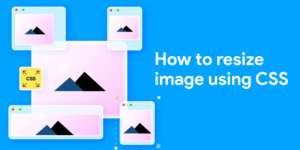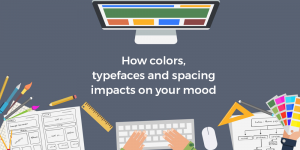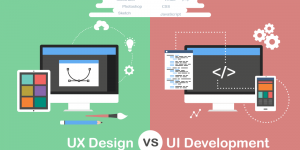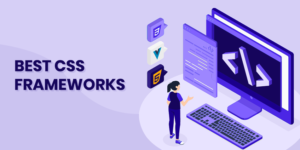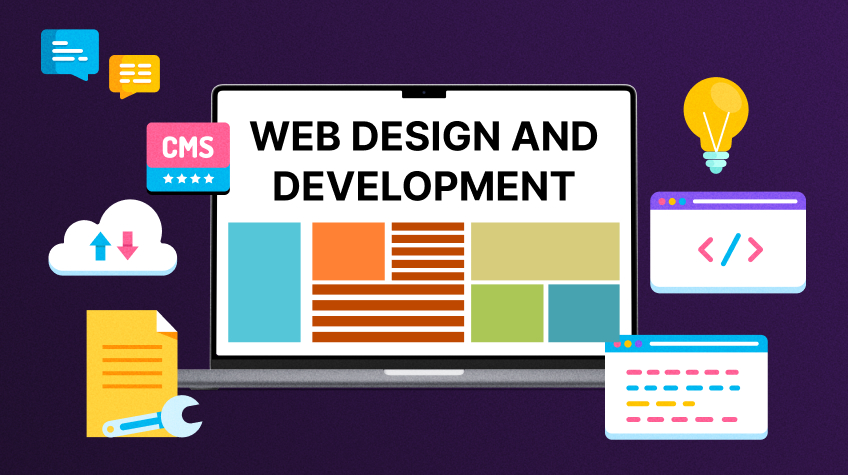
Web design and web development are significant parts of building and maintaining websites. While both are correlated they focus on the different stages of a website’s development. Both create the base of the Internet presence for companies, organizations and people.
In today’s environment, the knowledge of the basics of Web design and Web development directly affects the goals of companies, organizations and individuals looking to connect with their audience and achieve their goals online.
In this guide, we’ll explore what web design and development mean, how they differ and how they work together.
Overview of Web Design and Development
Web designing and web development are fundamental to establishing an online platform. Web design deals with a site’s appearance while Web Development is all about the quality of the site and its usability.
What is Web Design?
Web design is all about design esthetics and user experience (UX) design of a website. It concentrates on the appearance, texture and usability of a website and its features. Web design ensures that the site’s design is attractive, easy to navigate and reflects the actual image of the brand.
➢ Key Components of Web Design:
- Layout and Structure: The coordination of text and hypertext and other graphic and multimedia elements. Helps users navigate through the content more easily following rationality.
- Colour Scheme and Typography: Using cohesive brand based colours and comparatively clear fonts that would give a comforting eye appeal.
- User Interface (UI) Design: Creating buttons for easy interaction, forms or even menus that are to be seen on the site and used as frequently.
- Responsiveness: Making a site compatible with different devices, different sizes of screens and even orientation.
- User Experience (UX) Design: The major trend of the website’s design is emphasizing convenience, easy navigation and pleasant use.
- Major Tools: Popular tools for web design include Adobe XD, Figma and Sketch.
What is Web Development?
Web development is the process of creating, designing and managing the layout and programming of a website. It covers all the technical characteristics that enable a website to function properly.
➢ Key Components of Web Development:
- Front-End Development: Concerns with what is presented to the user and what the user is able to see or manipulate. Major technologies used include HTML, CSS and JavaScript.
- Back-End Development: This is mainly responsible for managing the processes, databases and the back end of it all. Technologies used for back-end development mainly include PHP, Python, Ruby, Java and Node JS.
- Full-Stack Development: This required the front-end as well as back-end development abilities to organize the full development cycle.
- Web Content Management Systems (WCMS): Content management systems which help to facilitate the building of the Website easier such as WordPress, Drupal or Joomla.
- Database Management: This means caching or archiving information, generally in a database format through means of MySQL or MongoDB etc.
Web Design vs Web Development: Key Differences
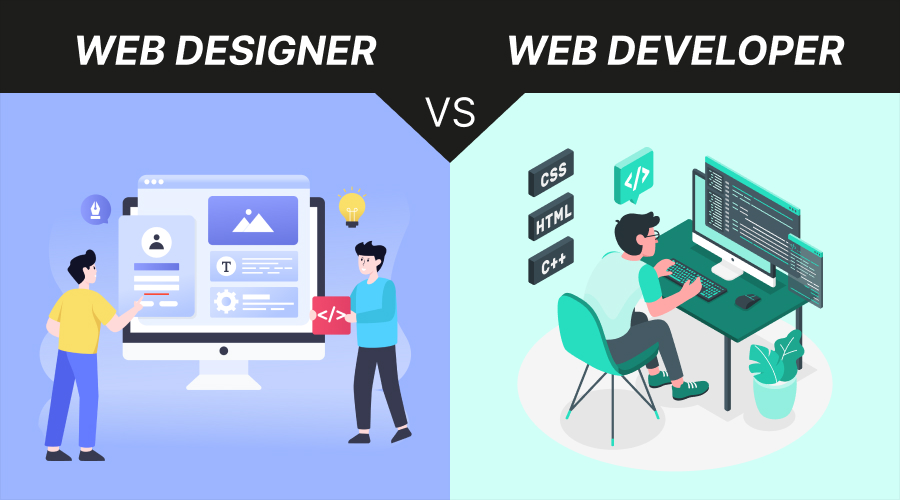
To understand the difference between web design vs web development, refer to the table:
| Aspects | Web Design | Web Development |
|---|---|---|
| Definition | Concentrates on the look and feel of a website. | Include actions like coding and programming to make the website work. |
| Roles and Skills | For layout, color and typography use design software including Photoshop and Figma. | Use HTML, CSS, JAVASCRIPT and other languages for coding and or backend development. |
| Focus Areas | Create a beautiful and functional interface | Focuses on functionality, performance and interaction. |
| Tools and Technologies | It involves design software, prototyping tools and web design platforms. | Development environments, programming languages and frameworks, for example, React Angular and databases. |
| Outcome | The focus is on the look and feel of a website | Operational features of the website (backend functionality, responsiveness and performance). |
| Primary Goal | Page designs should be appetising and make it easy for the users to find their way around the site. | From the perspective of the technical aspect, it guarantees the proper operation of the site and its compliance with performance indicators. |
Web Design and Web Development: How They Work Together?
Web design and web development are two separate yet parallel processes through which an appealing and fully operational site is created. Here’s how they work together:
1. Collaboration on Vision
Web design is the first process and it refers to the semi finished product that the web designers layout when developing the visual concept of the website. This area ranges from the mere structure of the frames and the choice of colors, types of fonts as well as the arrangement of the items.
UX and UI are the areas of concern in the process of designing with constant reference to the user. After the design has been developed, web developers use this plan to create a website that is functional by coding the design.
2. Responsive Design and Functionality
Web designers develop their layouts flexibly according to the screen space and a gamut of devices. Web designers create layouts and graphics for these platforms through HTML and CSS and developers code such layouts using techniques such as CSS media queries and JavaScript in order to keep them responsive to both desktops and mobile phones.
3. Consistent Design Integration
Web designers ensure that every page has some of the same web design basics such as styles of font, color and image. Web developers implement these elements by writing them into the architecture of the site as it is constructed so that aesthetics are maintained as the site is built.
4. Backend Functionality and User Experience
Designers develop the overall user interface and interface design that users see and use, while developers design the back-end parts of forms, searching ability and eCommerce structures. These features are incorporated in the design by developers so that the user is kept engaged all through.
5. Testing and Optimization
After the website has been created, designers join their counterparts in the development team to inspect the website with regards to functionality, performance and content standardization. Designers make sure the objects look good on other devices and screens, while developers work out the problems that may occur, for example, with links or the speed of the site’s loading.
6. Continuous Improvement
After the launch of the website, a designer may further change the website’s content, aesthetics and even layout to reflect customer feedback. Developers then ensure that such updates are properly integrated in order not to affect the overall run and website security.
Why Are Web Design and Development Important?
- First Impressions Matter: Website is a very important area and helps to create the first impression as it serves as the first point of contact with a prospective customer who is being introduced to your services.
- User Experience: This means that the design and development of a website should help the user to stay on the site as well as give them a push to make the desired conversion.
- Brand Identity: This means the repetition of web design elements boost your brand’s authority.
- SEO and Performance: It also helps make proper developments to the site, which means faster loading time, as well as a higher search engine ranking.
- Accessibility: Ensures that your site is usable by all people including people with disabilities.
Conclusion
Web design and development are necessary components for creating an effective online presence. While design focuses on the aesthetic appeal and user experience, development ensures the website is properly functioning. The two jointly make a digital platform that serves users’ needs while achieving business objectives.

